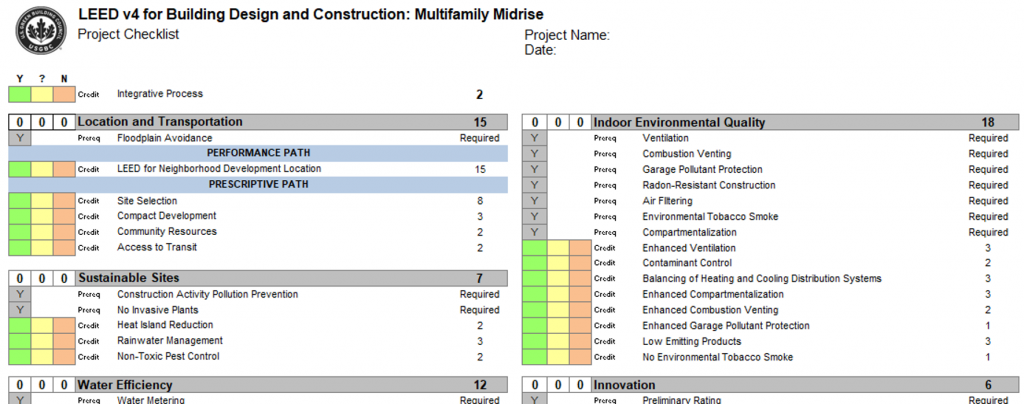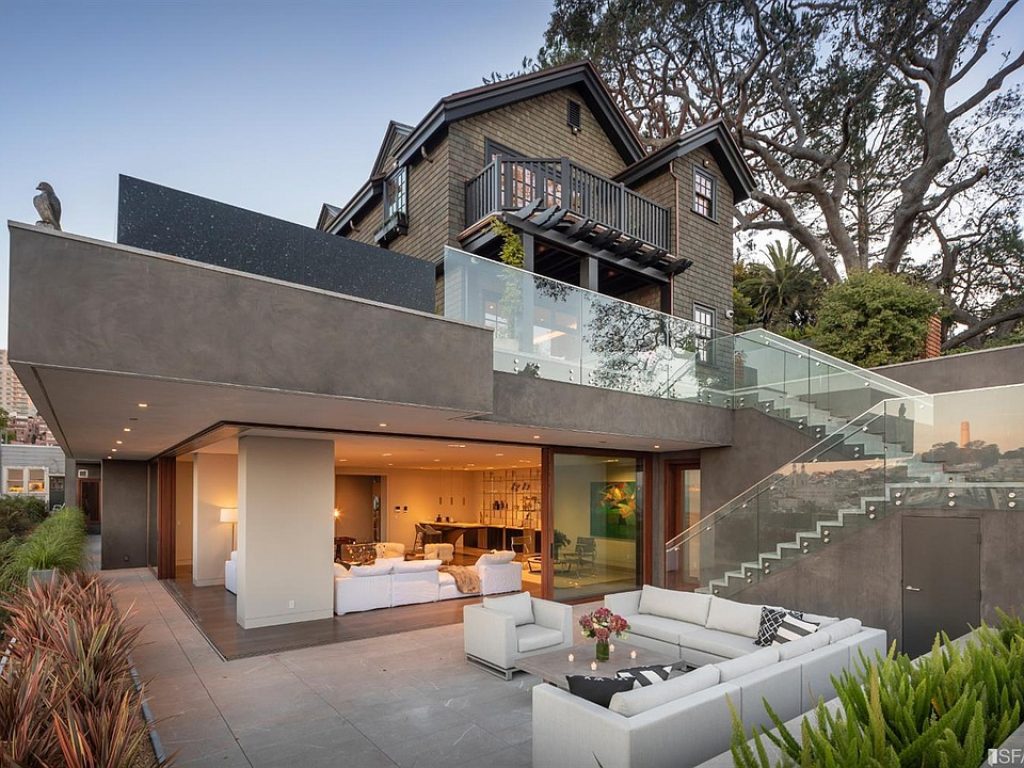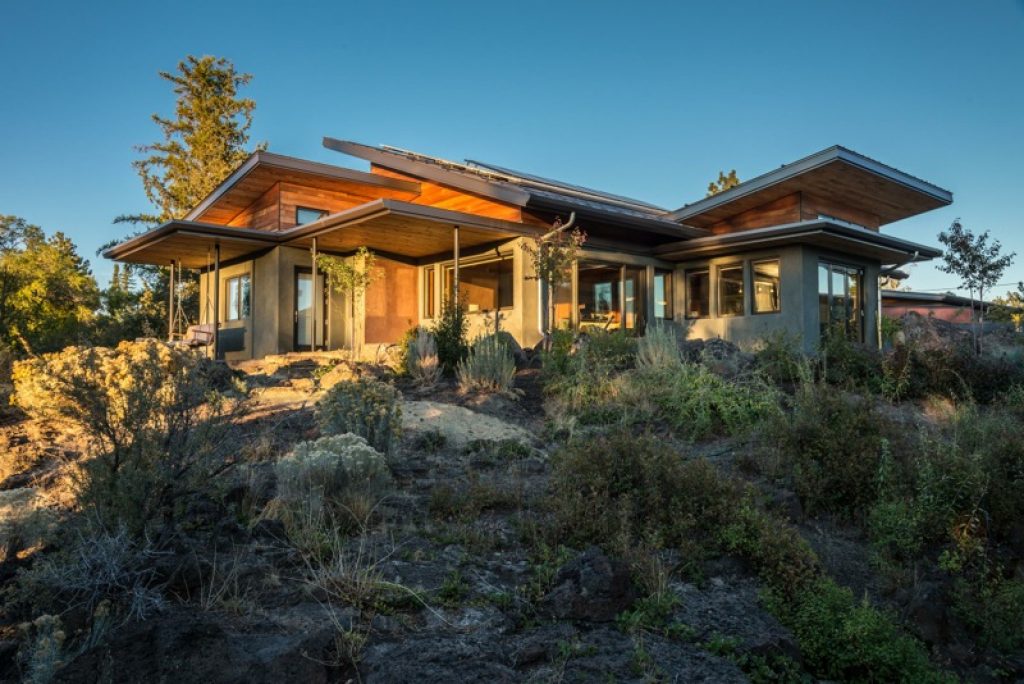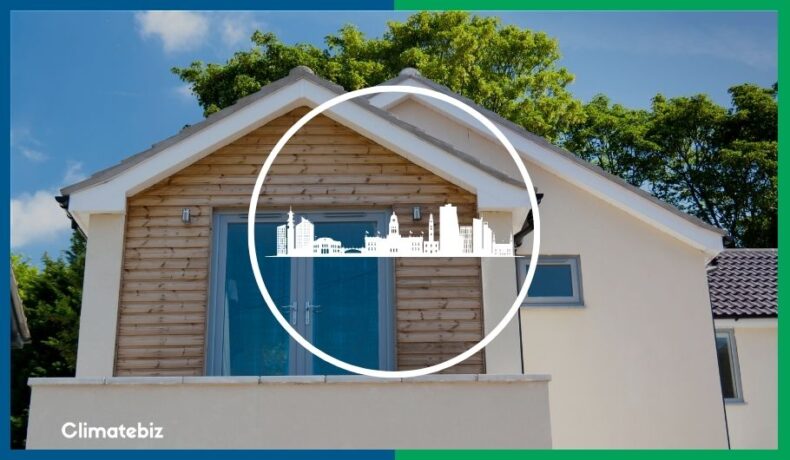“What is a LEED certification checklist?”
The LEED sustainable building rating system is one of the key global players for green homes. The system, whose name stands for Leadership in Energy and Environmental Design, provides the sector with rating system frameworks for all types of new and existing builds.
This post will cover a complete LEED certification checklist for the Homes framework, the most applicable one for single-family residential units.
Table of Contents
How To Understand The LEED Certification Checklist
To understand the LEED Homes certification system or any of the LEED systems, you must become acquainted with its structure. The key terms associated with its structure can be summarized as:
- Category
- Credit
- Prerequisite
- Points
Category
To receive certification, a building must meet specific requirements in various sustainability sub-topics. These sub-topics are fundamental for a holistic approach to sustainability. Additionally, these LEED categories also function as a sort of skeleton for the rating system and organize its many credits in organizable chunks.
The LEED system has nine key rating categories:
- Integrative Process: part of pre-design and the design phases and helps to identify synergies across disciplines and systems.
- Location and Transportation: this category considers the benefits of the building´s location and access to alternative means of transportation.
- Sustainable Sites: this category focuses on the environmental surroundings of the building, emphasizing primarily the integrity of the existing site.
- Water Efficiency: this category holistically addresses indoor and outdoor water use, as well as water metering (what you can´t measure, you can´t improve).
- Energy and Atmosphere: this is another holistic credit (and the largest credit category in LEED Homes), which considers energy efficiency, energy use and metering, amongst others.
- Materials and Resources: this category focuses on minimizing the embodied energy of the building and other impacts associated with the extraction, processing, maintenance and disposal of building materials; fully supporting a life-cycle approach.
- Indoor Environmental Quality: this category rewards decisions which support and benefits the users´ indoor air quality and visual, thermal and acoustic comfort.
- Innovation: Strategies to improve building sustainability are always improving and some things may be outside the scope of the rating system, so this category accommodates such considerations.
- Regional Priority: this category addresses some sustainability issues are particular and local to a specific region.
Credit
These are what you’re after. The LEED credits give you the points to achieve your sustainable home and get our rating. As seen below, there are a variety of credits you can choose to pursue our rating within the LEED framework.
Prerequisite
Prerequisites are a type of credit, but one with no points allocated to them. They identify essential parts which make a building sustainable. Fulfilling these create the foundation for your project. Think of them as the foundation of your building — without them, you can’t have your home.
Points
The more points you get, the higher the reward. As mentioned previously, points are obtained through the completion of credits. Also, different credits are allocated a different number of points depending on their sustainability potential.
Additionally, your final certification level will depend on how many points you have been awarded. Therefore, it’s essential to understand them before starting your project design, to set realistic targets and optimize how many points you can get.
LEED Certification Checklist
Checklist
With LEED, you have a total of 110 points to be awarded. Working bottom-up (compared to the previous section), these points are obtained from the credits.
The credits you can achieve for LEED Homes can be summarized here for the Design and Construction rating system.
This Excel-based tool serves as your checklist for your rating and tallies your points as we go along.

Source: USGBC.
Getting Prerequisites Out Of The Way
You can also see that certain credits are prerequisites. Specifically, for LEED Homes, you must consider:
| Category | Prerequisite |
|---|---|
| Location and Transportation | Floodplain avoidance |
| Sustainable Sites | Construction Activity Pollution Prevention |
| No Invasive Plants | |
| Water Efficiency | Water Metering |
| Energy and Atmosphere | Minimum Energy Performance |
| Energy Metering | |
| Education of the Homeowner, tenant, or Building Manager | |
| Materials and Resources | Certified Tropical Wood |
| Durability Management | |
| Indoor Environmental Quality | Ventilation |
| Combustion Venting | |
| Garage Pollutant Protection | |
| Radon-Resistant Construction | |
| Air Filtering | |
| Environmental Tobacco Smoke | |
| Compartmentalization | |
| Innovation | Preliminary Rating |
As you can see, the Indoor Environmental Quality category has the largest number of prerequisites. Therefore, while energy and resource savings are significant for your sustainable home, your health is a key priority. To explore these credits in further detail, you can explore the LEED Credit Library.

Source: The Close.
Racking Up Your Points
Now that you understand the fundamental foundations for your sustainable building (pun intended), you must know how to maximize your points. To do this, you need to consider the available credits.
To see where all the meat is, let’s consider where the points are in the LEED Home categories (in order of size):
- Energy and Atmosphere: 34%
- Indoor Environmental Quality: 16%
- Location and Transportation: 14%
- Water Efficiency: 11%
- Materials and Resources: 8%
- Sustainable Sites: 6%
- Innovation: 5%
- Regional Priority: 4%
- Integrative Process: 2%
So, you can see that to maximize possible points; you need to focus on the Energy and Atmosphere category. What’s more, if you refer to the checklist, you’ll notice that 30 of the 37 points of this category are allocated to the credit Annual Energy Use; achieving this would leave us just 10 points shy from Certified certification.
To put the scale of this credit into perspective, the average credit point (excluding this one) is just 4.3.
Similar to Annual Energy Use, Total Water Use also functions via a scalable metric, where you must provide at least a 20% reduction in water use (3 points).
In general, all the credits do not take an “all or nothing” approach, meaning that points can be awarded across the rating system with even minimal measures (relative to the LEED requirements).

Source: Timberline Construction.
Final Thoughts
The LEED rating system presents itself as a viable tool for achieving more sustainable homes.
In this post, we looked at a complete guide to the LEED certification system by identifying how to understand the system and going through a checklist you can use.
When starting a rating checklist, you must first understand the prerequisites you’d need as a foundation.
But before running off to complete them, you should also understand if and how you can build upon them to boost our credit scores.
Additionally, remember that credits are typically scalable according to how sustainable you make your home. That is to say, if you provide a 34% saving instead of a 50% maximum saving, you would generally be able to still get some points in.

